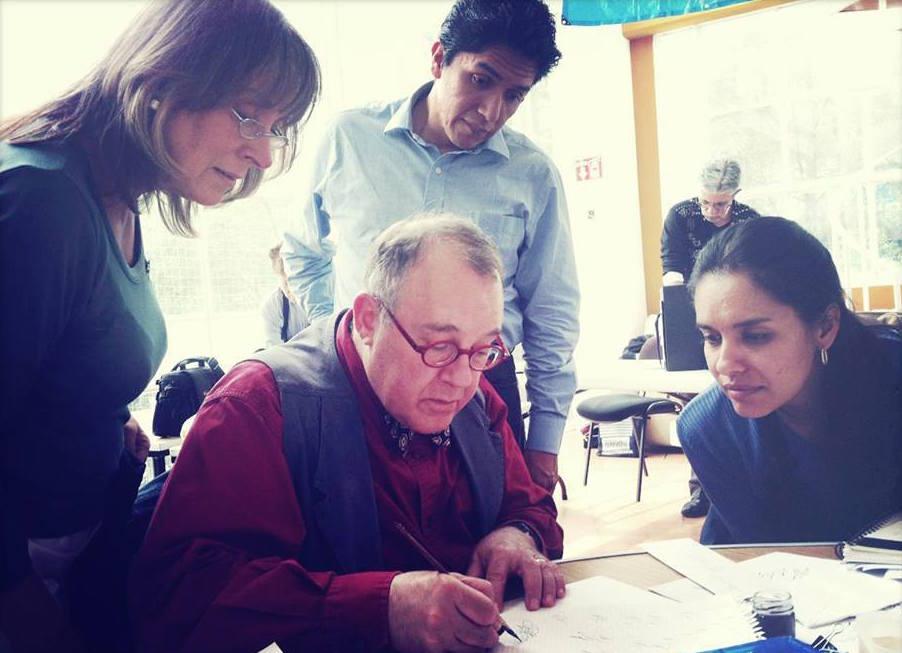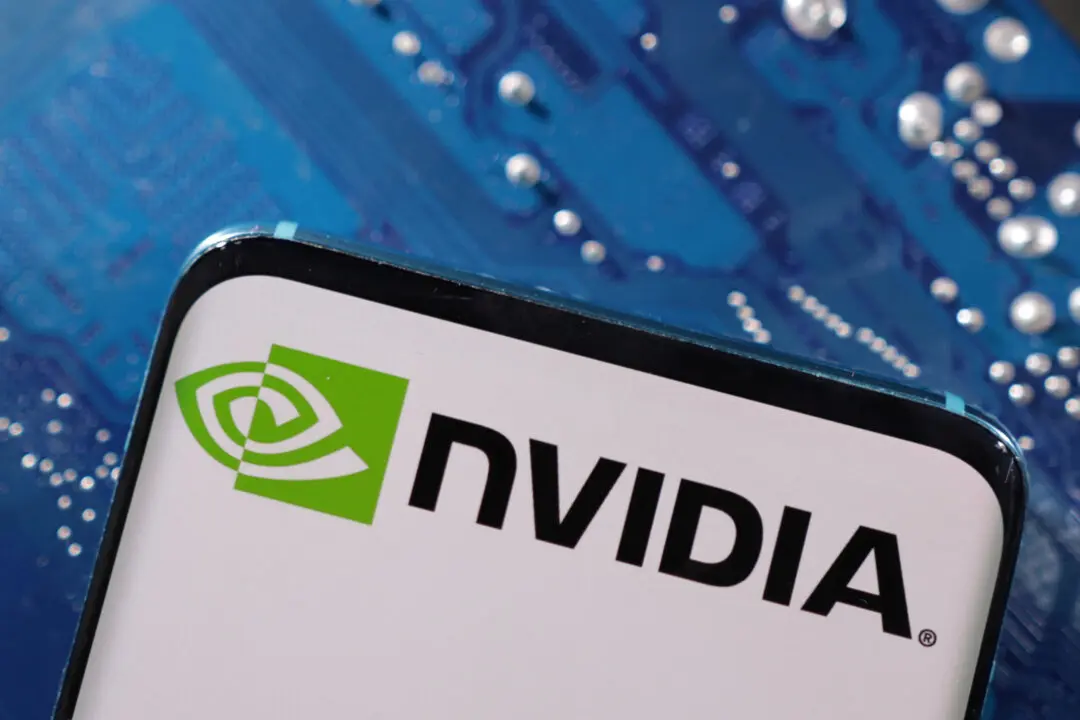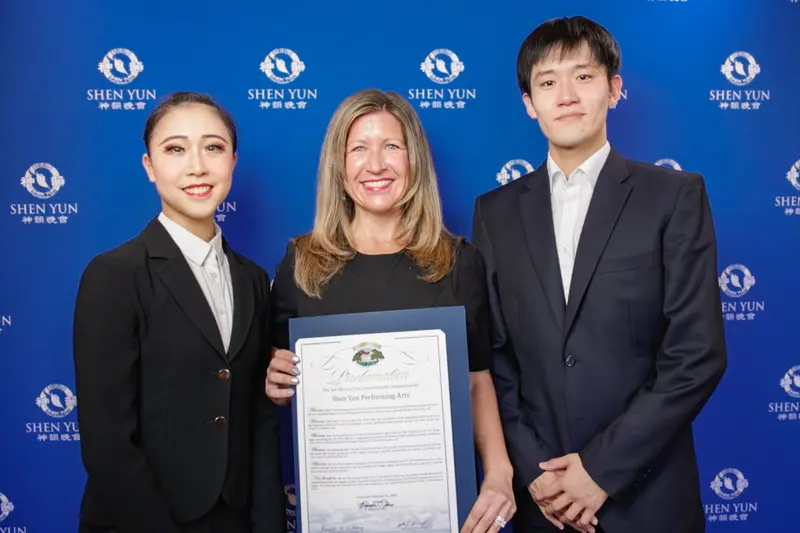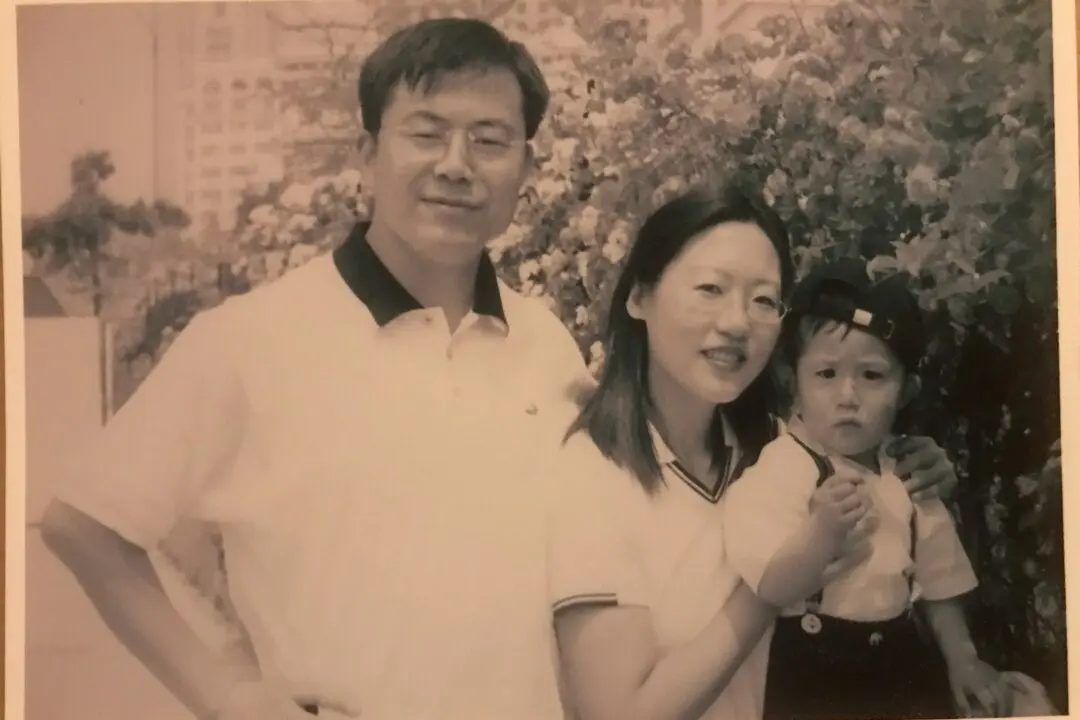One of master penman Michael Sull’s favorite things to write is people’s names.
“Because so many people can’t write their names! They scribble their names. You scribble your name, you’re showing a lot of disrespect for yourself. I mean, your name is your most personal form of identification. You’ve had it since you were born. And you should write it well,” Sull said.






